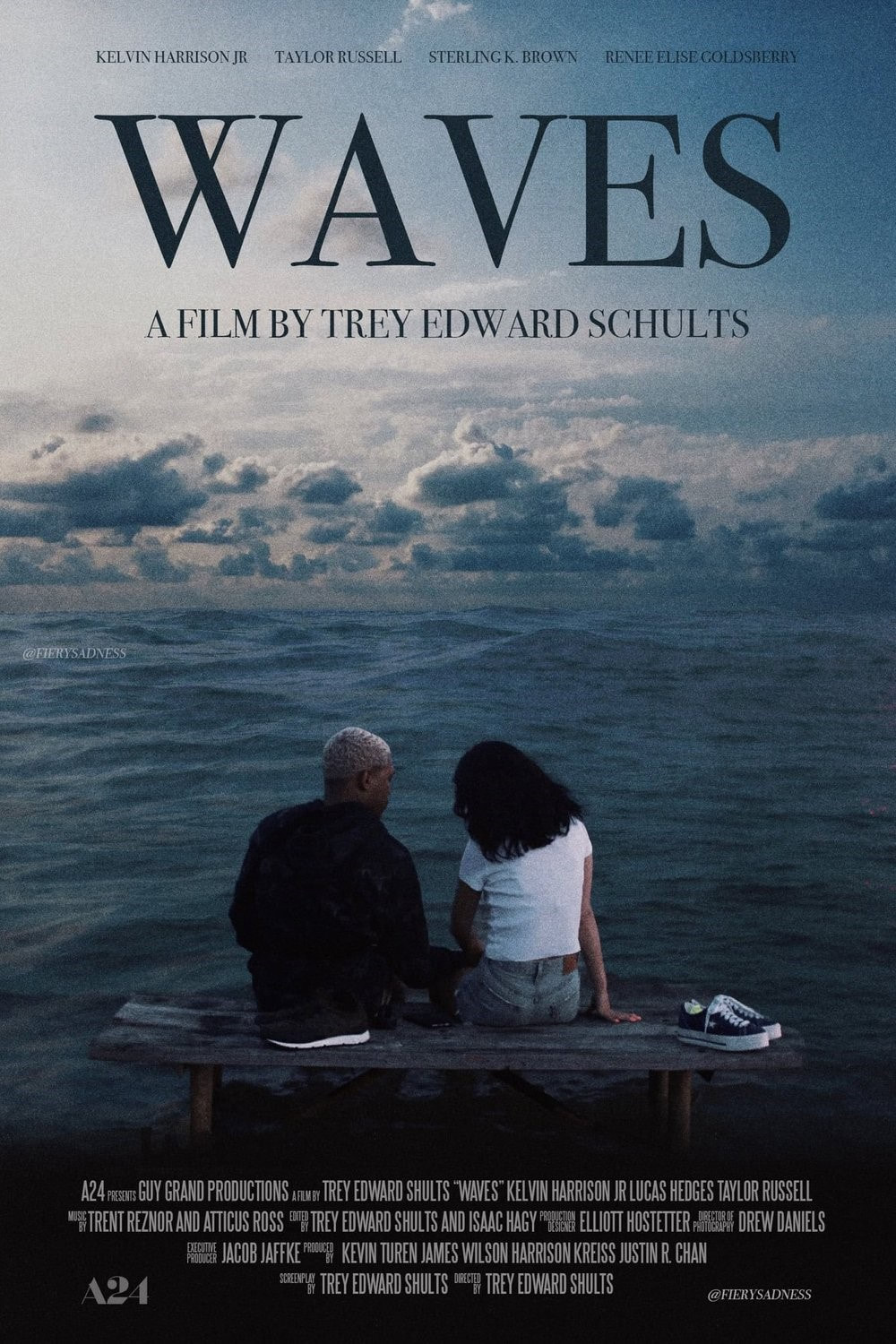|
by Lucas Fink We are in a car with two teenagers and an overwhelming flood of cacophonous music. The camera rotates 360 degrees around a stationary axis in the center of the vehicle, which is speeding down the highway; glimpses of a bright blue sea and sky are seen through the open windows. I knew at this moment that Trey Edward Shults, the writer and director of this flooring, astonishingly beautiful film, was not interested in the notion of “motivated” camera movement, or, at least, not in the traditional sense. Shults’s camera is motivated - just not by the movements of characters or objects of importance through space as is traditional of typical narrative cinema. Shults has opted instead for a camera that doesn’t necessarily show, but evokes. If the goal of the camera is solely to show, to act as a mere relay for visual information regarding the happenings of the story world, then Shults is clearly doing something wrong. Fortunately, Shults knows that the “rules” of Hollywood narrative cinema are arbitrary and restrictive and ripe for breaking. It is to the infinite benefit of the audience that Shults is able to perceive and transcend these limitations and, in doing so, tell a story with a camera whose movements reflect the emotional world of the characters. The wanton exuberance experienced by these two teenagers flying down a freeway, with feet out windows and lips on cheeks, is also experienced by the camera as seen in its perpetual movement; its restlessness and excitement mirror the feelings of the characters. Shults’ strategy is not limited to “positive” moments of emotional intensity; anxiety, confusion, and hysteria are also all “felt” by the camera; these instances of extreme pathos motivate, or animate, the camera just as much as the literal movements of objects through space.
“Narrative” is another notion Shults’ seems somewhat less interested in than his contemporaries. There is a story here, one that is a profoundly moving and important and relevant and beautiful. One might argue, though, that the narrative is subordinated to the style, that the story is a mere alibi allowing Shults to deliver a 2-hour-long sequence of breathtaking shots accompanied by equally breathtaking music, of indulgent audio-visual stimulation. I would argue in response that style here is inseparable from the story. A forward progression through the plot is less obvious in the film, and it often does abandon all sense of narrative momentum entirely. Yet these moments of visual poetry, of slow, wistful contemplation, do further the narrative as they acquaint us more intimately with the characters. This is a film about people, and it sees sound and cinematography as a means by which to provide insights into those characters that traditional modes of storytelling and shot-reverse-shot dialogue wouldn’t allow for. Digital behavior is a tough thing to depict cinematically. Watching a screen on a screen can produce a certain distancing boredom, as I don’t pay to watch something digitally produced, distributed, and displayed to endure even more digital distantiation; such is the effect of “screenception,” as it were. Some films add in post-production CGI (computer-generated imagery) text bubbles that materialize next to the character texting; others situate the viewer in some entirely animated space through which the camera flies that’s meant to embody the digisphere (think Avengers: Age of Ultron). Though these attempts are commendable for their creativity, no depiction of digital life had ever really captured for me the essence of growing up in a digital media-saturated world until I saw Waves. Rather than just pointing the camera at someone’s phone, Shults takes us literally inside the world of social media by employing a transition in which the camera, after situating us in a prom party, slowly pulls back and soon through the cracked screen of the protagonist’s iPhone, at which he glares longingly and furiously. No other moment in contemporary film so elegantly captures the feeling of “wanting-to-be-there,” of missing out, that excessive engagement with social media invariably engenders. Waves is a work of surpassing beauty and brilliance. I left the theatre bruised and cleansed, profoundly sad and profoundly joyous, exhausted and rejuvenated, floored and hopeful. The soundtrack is beautiful and prominently features Frank Ocean and Blood Orange. I loved this movie.
0 Comments
Leave a Reply. |
Archives
March 2024
Writers
All
|
